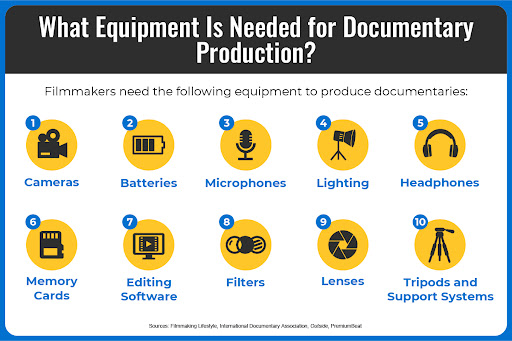Uncover the secrets behind creating captivating documentaries that truly capture the essence of reality with this comprehensive guide.
Table of Contents
Documentary filmmaking is a powerful medium that allows filmmakers to capture real-life stories, explore important issues, and shed light on different perspectives. In this guide, we will delve into the art of documentary filmmaking and provide tips on how to create compelling and impactful documentaries.
Understanding the Genre
Documentaries are a unique form of filmmaking that aim to capture real-life events, people, and situations. They can cover a wide range of subjects, from social issues and historical events to personal stories and environmental challenges. Documentaries provide a platform for filmmakers to showcase reality in a creative and thought-provoking manner.
Choosing a Topic
When embarking on a documentary project, selecting the right topic is crucial. Choose a subject that you are passionate about and that resonates with you on a personal level. Whether it’s a social issue you care deeply about or a historical event that fascinates you, your passion for the topic will shine through in your filmmaking.
Research your chosen topic thoroughly to gain a deep understanding of the subject matter. Look for unique angles or perspectives that will set your documentary apart from others on the same topic. Consider how you can bring a fresh and engaging approach to the story you want to tell.
Planning and Pre-Production
Once you have chosen a topic for your documentary, it’s time to start planning and preparing for the production process. Develop a clear vision for your film, outlining the goals and message you want to convey to your audience. Create a detailed production schedule and budget to ensure that your project stays on track.

Image courtesy of via Google Images
During the pre-production phase, you will also need to secure any necessary permits, locations, and equipment for filming. Reach out to potential interview subjects or contributors and conduct research interviews to gather background information for your documentary.
Shooting and Production
When it comes to shooting your documentary, focus on capturing compelling visuals and authentic moments that bring your story to life. Use a variety of filming techniques, such as interviews, b-roll footage, and archival material, to create a dynamic and engaging film.
Pay attention to lighting, sound, and framing to ensure that your footage looks professional and polished. Experiment with different angles and perspectives to add visual interest to your documentary. Remember that the art of documentary filmmaking lies in capturing reality in a visually stunning and emotionally evocative way.
Editing and Post-Production
Once you have gathered all the footage for your documentary, it’s time to start the editing process. Create a rough cut of your film and experiment with different sequences, transitions, and pacing to craft a compelling narrative. Consider adding music, graphics, and other elements to enhance the storytelling of your documentary.

Image courtesy of via Google Images
Seek feedback from colleagues, mentors, or test audiences to get different perspectives on your film. Make revisions based on the feedback you receive, refining your documentary until it achieves the impact and emotional resonance you desire.
Sharing Your Documentary
After completing the final edit of your documentary, it’s time to share your film with the world. Consider submitting your documentary to film festivals, online platforms, or broadcast networks to reach a wider audience. Use social media and other marketing channels to promote your film and engage with viewers.
Organize screenings or events to showcase your documentary and connect with your audience in person. Engage in discussions and Q&A sessions to deepen the impact of your film and encourage dialogue around the issues it addresses. Remember that the ultimate goal of documentary filmmaking is to spark conversations, inspire change, and shed light on important stories that need to be told.
Conclusion
Documentary filmmaking is a powerful tool for capturing reality, exploring important issues, and connecting with audiences on a deeper level. By following the tips and guidance in this guide, you can create compelling and impactful documentaries that resonate with viewers and make a lasting impression. Embrace the art of documentary filmmaking and let your passion for storytelling shine through in every frame of your film.





